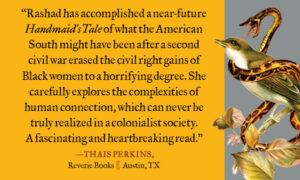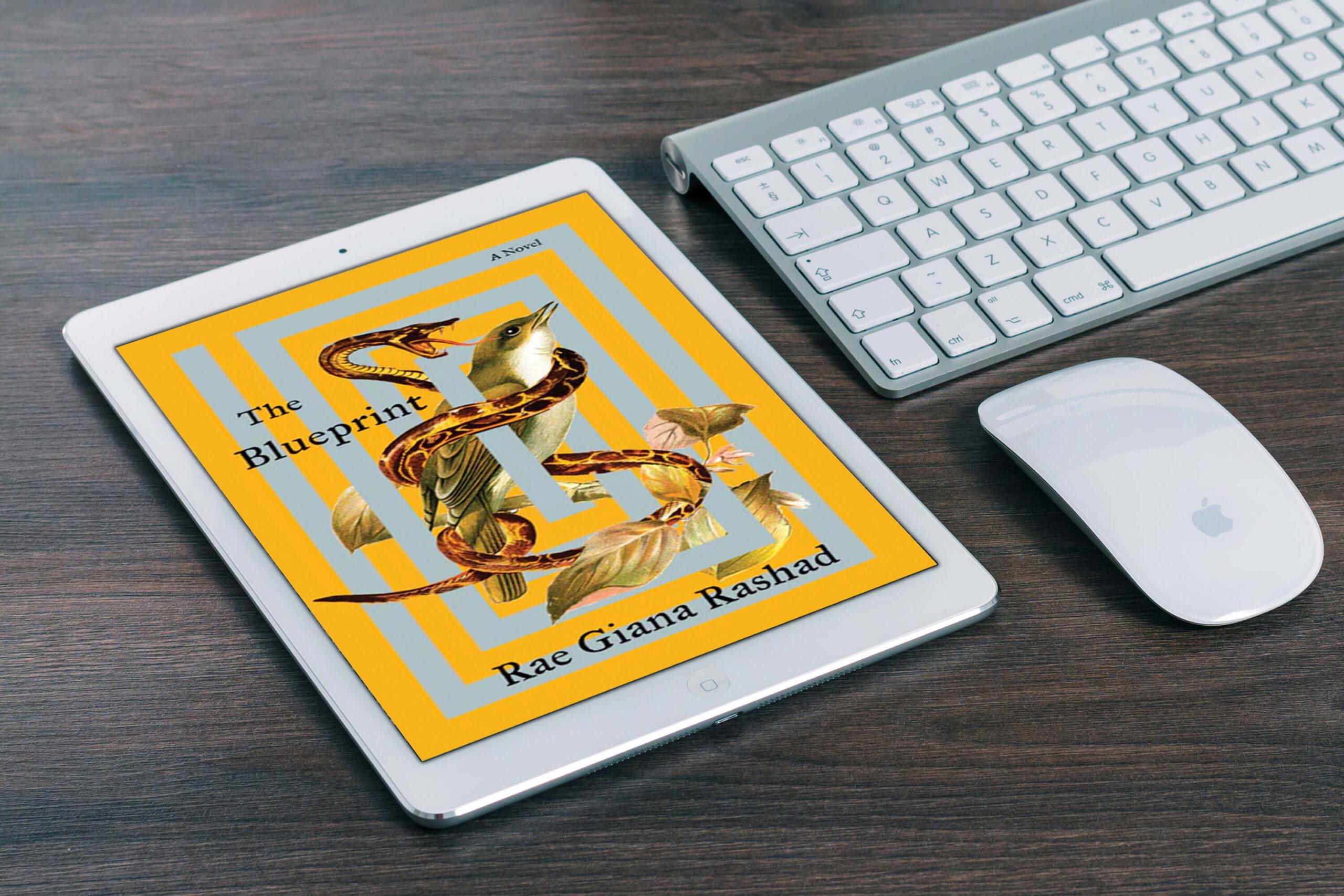A Novel’s Heartbeat

A few years ago, I was sitting on my patio, writing. I can’t recall the scene I was working on in The Blueprint, but I remember becoming frustrated by something I couldn’t get to work. More than likely it was the timelines because it was always the timelines. The intricate dance of structuring dual timelines gave me more grief than I’d like to remember.
I didn’t know it, but my youngest daughter had been silently watching me from the window. Eventually, she came out on the patio to talk. “Mom, do you still like writing?” She glanced at my laptop and books on writing craft stacked on the patio table. “It doesn’t look like it. You look mad.”
I admitted that I was and told her sometimes, writers become frustrated while writing, but we push through. It’s part of the process.
“I wouldn’t do anything that made me that mad,” she said. Then she asked me a question I’ve carried with me as long as I’ve been a writer.
Why do you write?
As a child binding books out of construction paper and thread filched from my mama’s sewing box, and as a teen writing meandering, drama-filled stories I read to my friends in gym or over the phone, my initial motivation—the driving force behind my pen meeting paper—was simple: to be understood. Over time, this purpose has evolved, becoming something more nuanced.
I write because I must.
I write fiction because it explores the unexplained and the unseen.
I write dystopian fiction because it reflects societal pitfalls and the consequences of unchecked power.
I wrote The Blueprint to incite questions, ignite imaginations, and when words fail, to foster discussions among readers.
I write because I’m driven by the hope that some reader somewhere would bring me back to my original why—the fundamental desire to be understood.
Thanks, Thais, for absorbing the heartbeat of The Blueprint.



